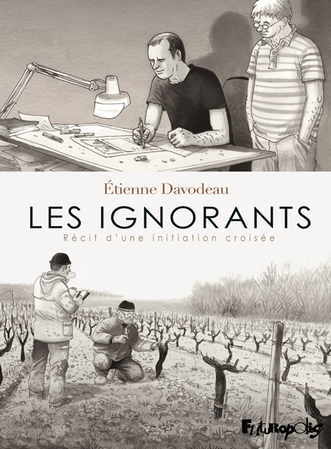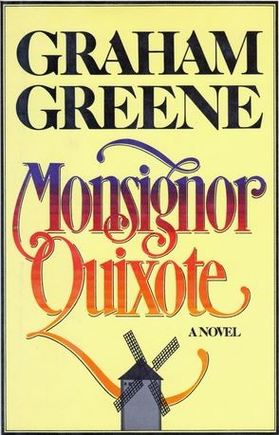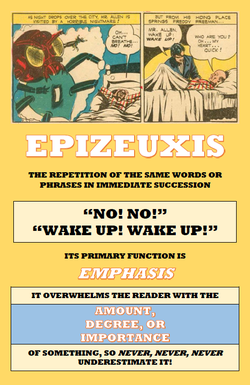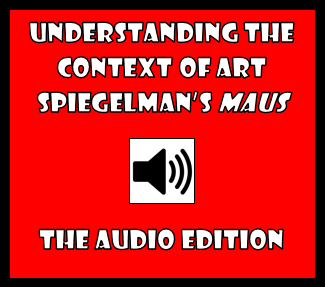Wine and Reciprocity -- Etienne Davodeau's The Initiates and Graham Greene's Monsignor Quixote
4/10/2014
by Glen Downey, Comics in Education, www.comicsineducation.com Time is winding down to my workshop presentations at the annual CITE conference being held at Upper Canada College in Toronto. In one of the presentations, I'll be looking at the graphic memoir, specifically focusing on works in which travel plays a role. Here's the workshop description in case you missed it in my previous blog post. As I've prepared for the workshop I've begun to see that we can learn a great deal not only from the far ranging travel of artists like Guy Delisle and investigative journalists like Joe Sacco but from the kinds of journeys much closer to home, both literal and metaphorical, of writers like Julie Delporte and Sarah Leavitt. It has also led me to think about what we learn from others when we travel--from those we meet on our journeys, from those who travel with us, and even from those we leave behind. I've previously discussed my great fondness for Etienne Davodeau's The Initiates, a story where Davodeau asks to learn the art of wine-making from vineyard owner, Richard Leroy, with the latter reciprocating by learning about the graphic novel trade. However, in thinking about why I love the story so much, it suddenly struck me that so many of their interactions are punctuated by sharing a bottle of wine. This is the case right from the very start of the graphic novel. What I realized is that the way in which Leroy and Davodeau celebrate one another's company-- both through the shared reciprocity of learning about each other's professions and their mutual interest in wine--directly calls to mind the relationship between the title character of Graham Greene's Monsignor Quixote (1982) and the Communist ex-mayor of El Toboso he nicknames "Sancho." In Greene's novel, the two travel around Spain in the monsignor's car ("Rocinate") while developing their friendship--often over a bottle of wine. I've always loved this story, not only because it follows a structure that is similar to Cervantes' Don Quixote (whom the monsignor believes is an ancestor despite characters pointing out that his namesake is fictional), but because of the growth in the compassion and understanding shared between the two central characters. As Davodeau and Leroy journey back and forth to where each of them practices their vocation, we see a similar growth in their understanding of one another, and it makes us realize that the "journey" always has something profound to teach us.
0 Comments
Your comment will be posted after it is approved.
Leave a Reply. |
Glen DowneyDr. Glen Downey is an award-winning children's author, educator, and academic from Oakville, Ontario. He works as a children's writer for Rubicon Publishing, a reviewer for PW Comics World, an editor for the Sequart Organization, and serves as the Chair of English and Drama at The York School in Toronto. If you've found this site useful and would like to donate to Comics in Education, we'd really appreciate the support!
Archives
February 2019
|






 RSS Feed
RSS Feed
